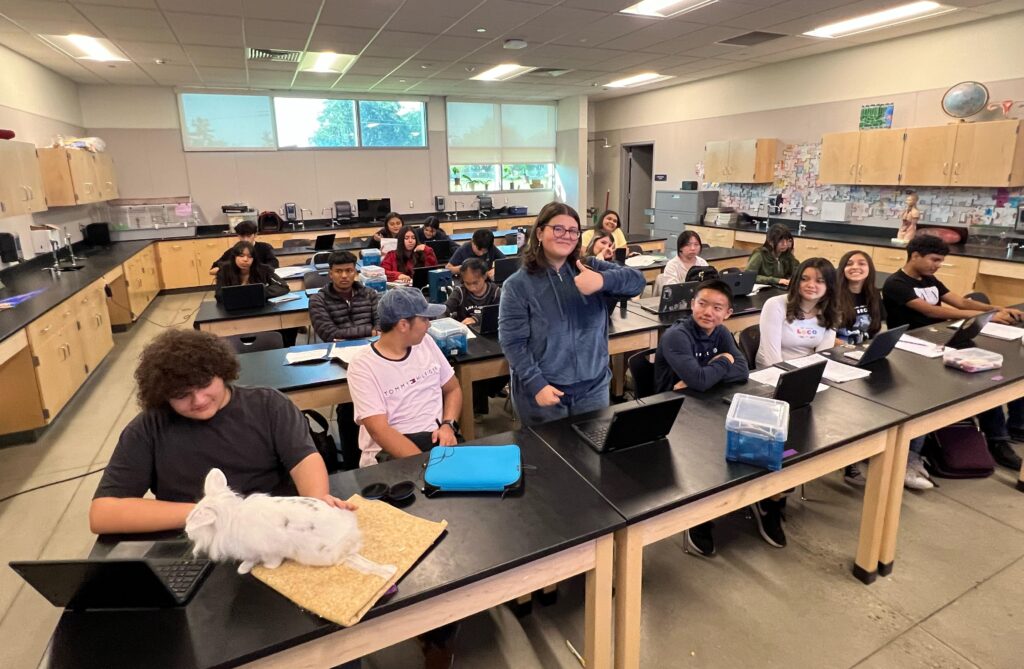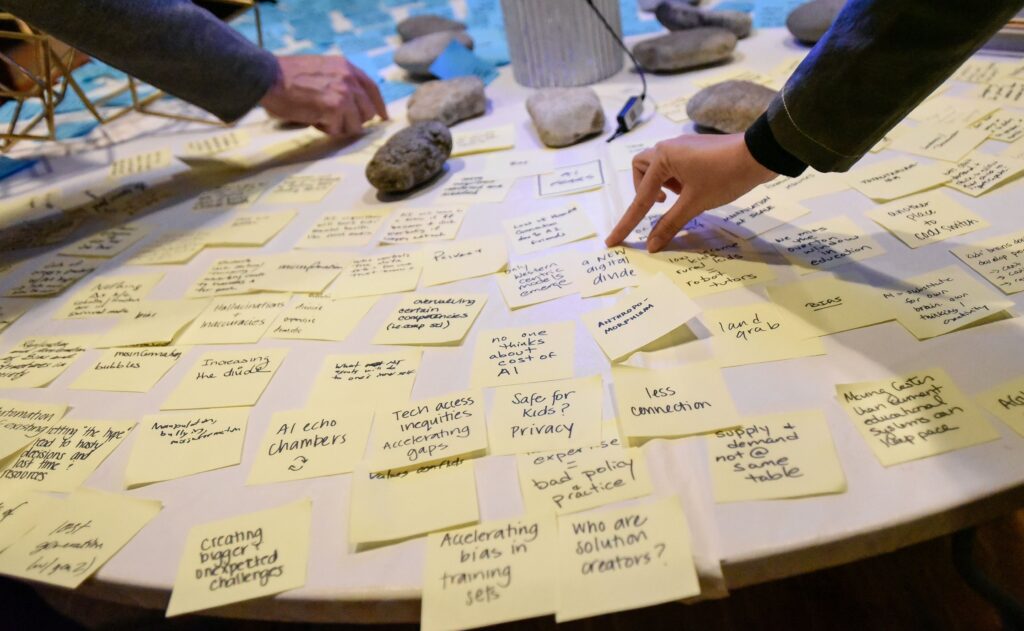We have all witnessed the turmoil that can occur in the comments sections of our social media platforms. Close-minded remarks, hurtful rhetoric and disgraceful carnage happen between strangers, friends and even co-workers.
But, as an educator, I refuse to simply shake my head and put the blame on society. Instead, I have made it my focus to teach my students to listen with intent, reply with relevant facts and discern biases. As an overwhelmed educator, this task seemed daunting at first. I teach biology; how would I bring debate into the classroom?
First, I looked at my science standards. Where did I see a spot for something with a little controversy? In my case, I decided to look at the issue of the wolf population at Isle Royale National Park in Michigan. At face value, we see a typical story about wolves and their dwindling population. I showed students the videos, we discussed the progression of the issues, and they read several articles about what had happened (MLive, APnews, MTU). The students indicated that they understood the content. They were feeling a connection to the animals and were starting to form an opinion. I knew I could stop there and move on to the next content. However, I wanted to spark a little debate to further the connection.
I wanted students to dig in deeper and choose a stance. So, I posed the question: Are humans responsible for fixing the wolf population issue? Should taxpayer money be spent rehabilitating the wolf population on Isle Royale? This divided the class almost in half. Half the students thought that nature should take its course. Half thought it was up to humans to protect the animals. At this point, I could have let the students debate/duke it out over their stances. However, that wouldn’t be focusing on my goal of promoting constructive debate. To keep behavior standards high, I set the expectations beforehand. This included raising our hand, voice level that was loud enough for the class to hear, and sentence frames on how to disagree respectfully (I appreciate your viewpoint; I see it like ____. According to the text, _____. Thank you for sharing; my view is that ____). Keeping behavior structures and expectations high, I opened the floor to discussion, questions and statements. Students pulled information from their notes. Students listened with intent. The primal need to be correct was coursing through them. They were connecting to content in a way I hadn’t seen before.
This shift from simply reading and moving on to being passionate sparked something new in my educator soul. I saw how students could make a point without being disrespectful. They could listen with intent. They could see different sides and even change their stance. Kids can possess these skills, even though some adults behind their screens do not. As educators, we know that life skills are necessary. Given the social and political climate of our world, we now need to make sure that the ability to have healthy and meaningful conversations is taught as a skill.
So, dear educator, how can you make a topic you teach into a healthy debate? Do you dive right in and look at the social and racial injustices happening worldwide? Do you start small and look at something local? Or maybe you just try to look at perspectives in the book you’re reading in class? However you choose, make an effort to teach the skills that we may not have been taught. Make an effort to show students it’s OK to have different opinions. It’s OK to feel passionate about something. Most importantly, it’s not OK to belittle or diminish others’ ideas when they’re not aligned with your own.
Hopefully, with a shift in this mindset, they can be the future we all need.
•••
Kati Begen is a high school biology educator and credential coach in Fresno. She has earned a multiple-subject credential, a single-subject credential and a master’s degree in teaching. She is currently working on her doctorate in curriculum and assessment at Southern Wesleyan University.
The opinions in this commentary are those of the author. If you would like to submit a commentary, please review our guidelines and contact us.


